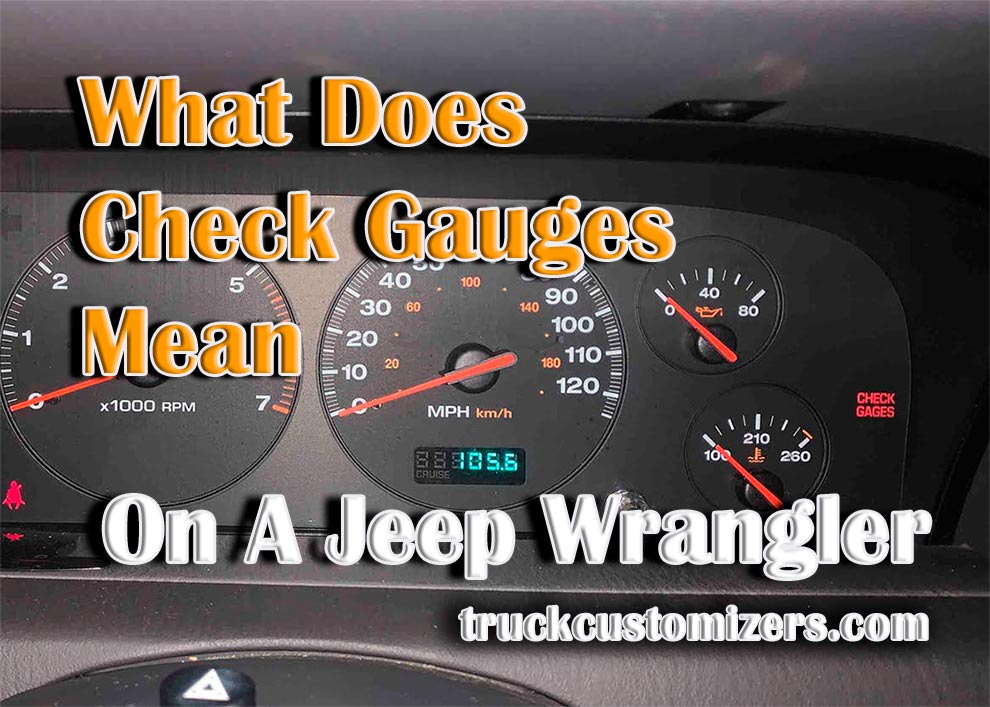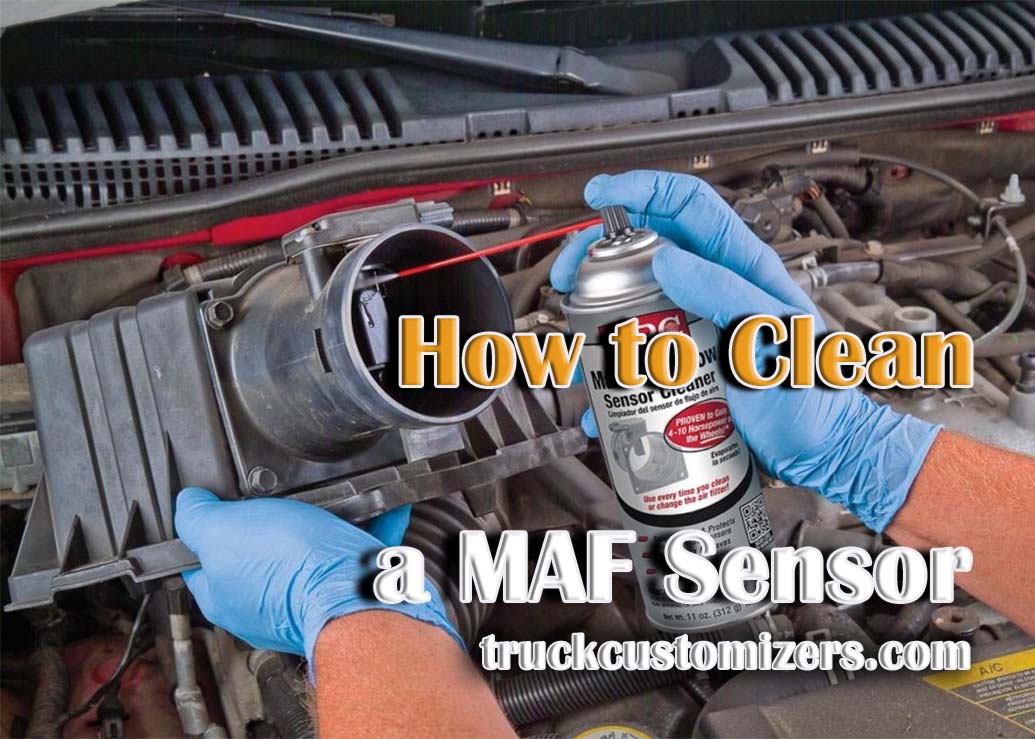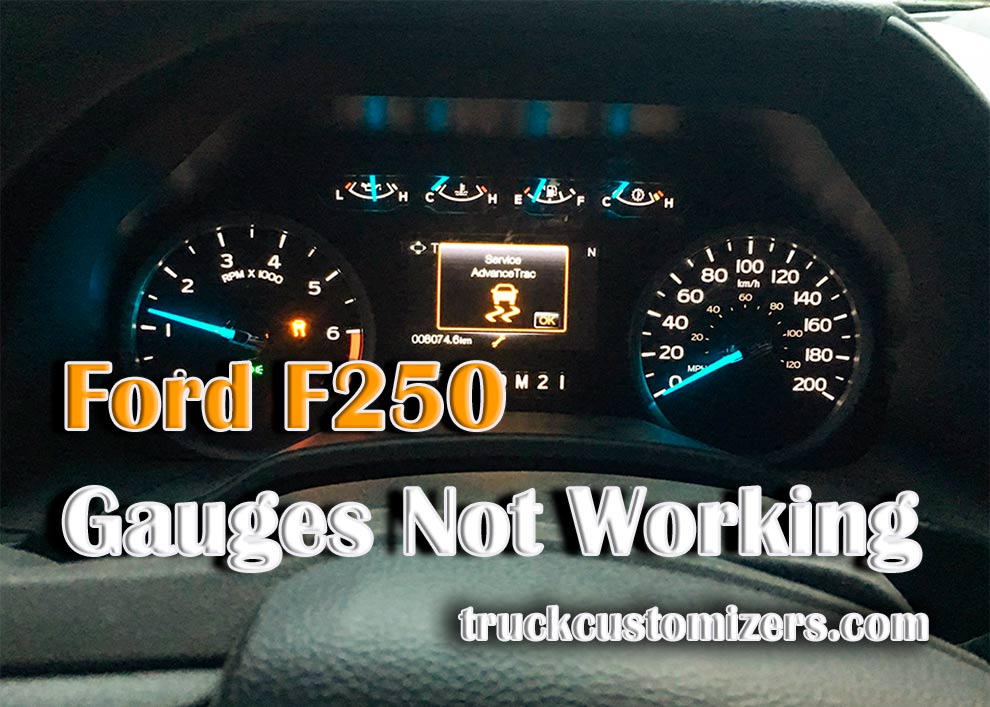No matter how great you are at maintenance, you might still see the “check gauges” light on the dashboard. Most people neglect it and keep rolling, hoping it will go away. But what if it keeps coming up? Should you worry, or maybe it’s nothing serious? What is the average driver supposed to do in this situation – go to the nearest auto shop, or try and fix this with your own hands?
Most importantly, what is this light check gauges Jeep Wrangler meaning anyway? That’s exactly why I decided to write this guide! The “check gauges” warning can mean a lot of things, and unless you know what to expect in advance, this can catch you off guard. So, let’s go ahead and see what’s it all about and what potential issues we’ll have to deal with!
What Is “Check Gauge” Trying to Tell You?
So, we already figured out that this warning means there’s a malfunction in your Jeep. But check gauges meaning is more than just a general alert. When this shows up, it’s signaling you to pay attention to a specific gauge that might be reading outside the normal parameters. Now, if you’ve got a really thick wallet and don’t have the time to inspect the SUV on your own, just drive to the nearest auto shop. They’ll check, service, and repair it for you. But, that will cost a pretty penny. Besides, the mechanics can take pretty long to get the vehicle back in shape. That’s why I suggest we try and fix it manually.
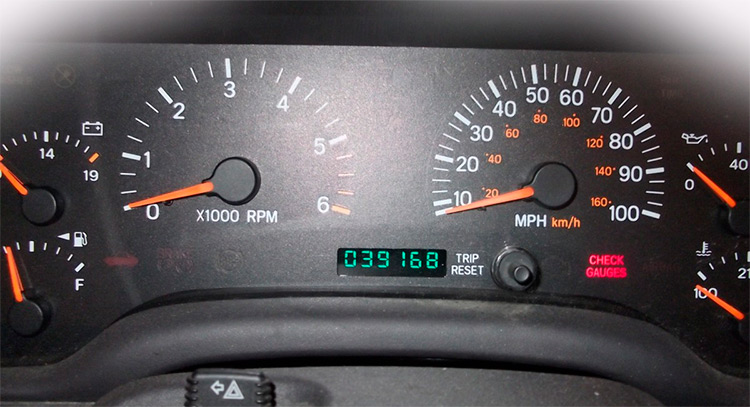
Also known as the check engine light, check gauge can be triggered by a long list of issues. In most cases, the engine is dangerously low on oil, and you don’t even know about that. Or, it could be a damaged/loose fuel cap, extreme temperatures in the engine bay, or even a problem with the electrical system of the Wrangler. Yep, a lot can go wrong with the vehicle!
The first thing to do would be to follow the recommendation and, well, check the gauges. If one of them is going out of range, cranking up to 11, that system needs to be checked ASAP. However, in some cases, the gauges don’t show any signs of deviation. Well, all that’s left to do in that situation is go through all the systems one by one.
Low Engine Oil/Loose Gas Cap
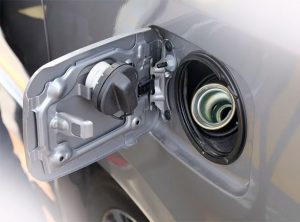 What happens when the motor is low on oil? Does it call for an immediate trip to the closest mechanic, or not? Here are the facts: when there isn’t enough engine oil, the various parts of the motor don’t get the necessary lubrication. That, in turn, can lead to bad performance, annoying clunking sounds (almost like somebody’s hitting the Wrangler’s hood from the inside), and maybe even a strange smell.
What happens when the motor is low on oil? Does it call for an immediate trip to the closest mechanic, or not? Here are the facts: when there isn’t enough engine oil, the various parts of the motor don’t get the necessary lubrication. That, in turn, can lead to bad performance, annoying clunking sounds (almost like somebody’s hitting the Wrangler’s hood from the inside), and maybe even a strange smell.
Therefore, if you see the check gauge light blinking at you from the dashboard, stop the vehicle and inspect the engine oil levels. If you’re happy with the oil, and it doesn’t look rusty, burned out, or clogged, then maybe the issue is with the oil gas cap. As you could imagine, when the cap is loose or cracked, it’s leaking. Now, in some vehicles, there’s a valve that prevents the lube from spilling out, but your Wrangler model might not have that.
Well, you can’t let this go on for long; otherwise, the motor will be left with no fuel at all. Inspect the cap and secure it properly. This is important: in some cases, the “check gauges” error keeps popping up for a day or two after you’ve fixed the cap problem. Keep that in mind and don’t panic when it doesn’t go away immediately!
Malfunctioning Electronics
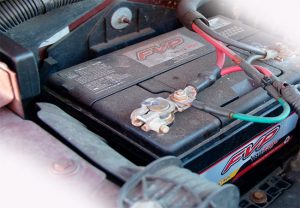 I want to clarify that by using the word “electronics”, I mostly mean the battery. It’s not rare for the battery unit to malfunction all of a sudden. It can be a bad connection, damaged cables, or a low charge, among other things. Also, make sure to check the starter and the alternator as well, because the check gauge warning can be caused by one of these components. For example, the alternator is responsible for transforming mechanical energy into electrical energy.
I want to clarify that by using the word “electronics”, I mostly mean the battery. It’s not rare for the battery unit to malfunction all of a sudden. It can be a bad connection, damaged cables, or a low charge, among other things. Also, make sure to check the starter and the alternator as well, because the check gauge warning can be caused by one of these components. For example, the alternator is responsible for transforming mechanical energy into electrical energy.
If the alternator is faulty, you won’t be able to charge the battery. Look for dimming headlights of strange noises – these are obvious signs of a bad alternator. The starter, in turn, fires up the engine when the ignition switch is on. If it’s not doing its job right, the motor will have a hard time powering the Wrangler. Or, it could be working flawlessly, but you’ll still see the check gauge light on the dashboard indicating that there is something wrong with the electronic system.
The Overheating Motor Issue
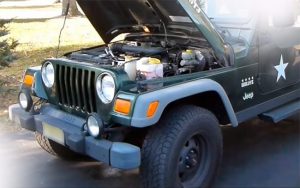 This right here is one of the biggest problems with any vehicle. Overheating often leads to engine breakdown that you won’t be able to fix in your garage. As for the repair shops, they charge quite a lot for this, up to 1K US dollars, or more. When the motor overheats, the aluminum starts to warp; in some severe cases, it may even crack. That creates a leak, making the engine burn oil.
This right here is one of the biggest problems with any vehicle. Overheating often leads to engine breakdown that you won’t be able to fix in your garage. As for the repair shops, they charge quite a lot for this, up to 1K US dollars, or more. When the motor overheats, the aluminum starts to warp; in some severe cases, it may even crack. That creates a leak, making the engine burn oil.
So, if you smell burnt oil, it’s definitely a problem with the powertrain. According to the experts, overheating is the most common cause of the check gauges light jeep. But wait – why does the engine overheat in the first place? Well, it could be that the cooling system (the radiator with the coolant or the cold air intake) is malfunctioning. Or, rust has taken over, and the hoses fail at cooling the motor. Broken water pumps are another common reason.
